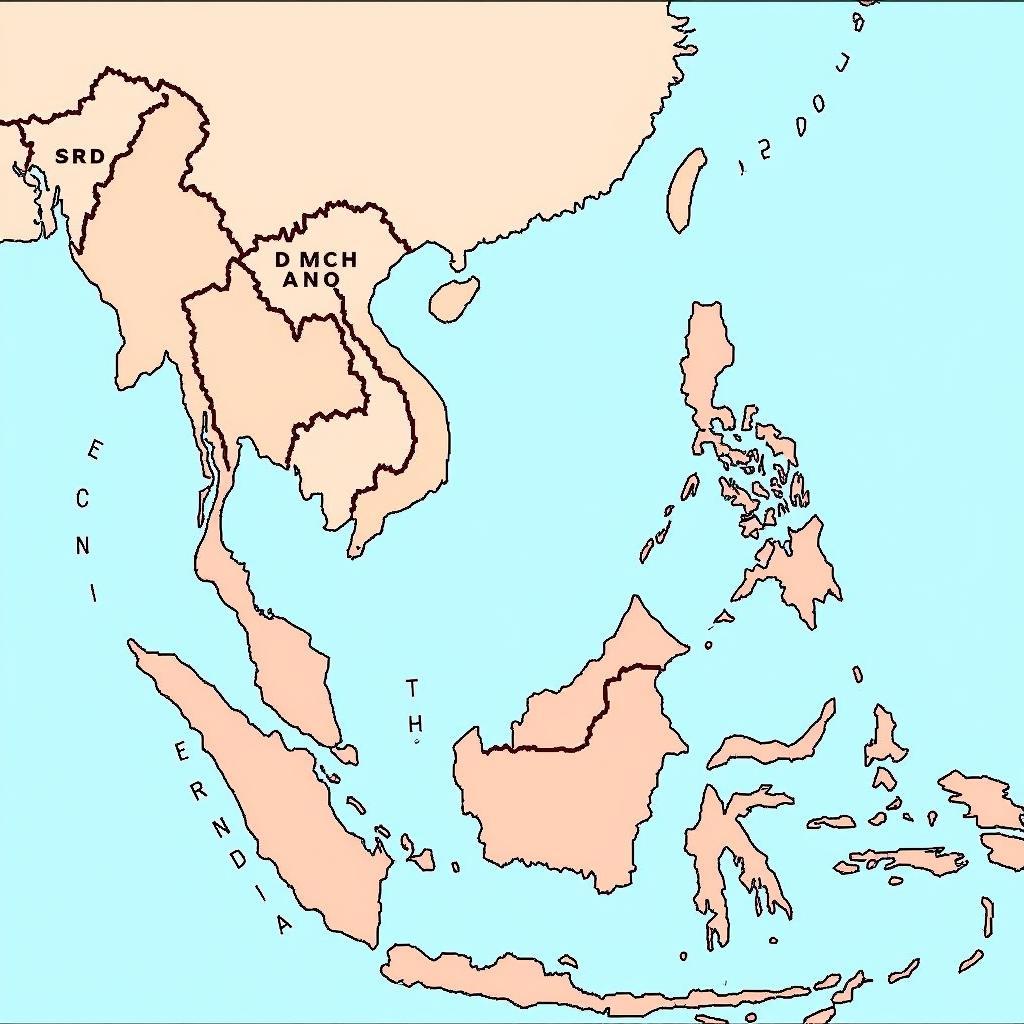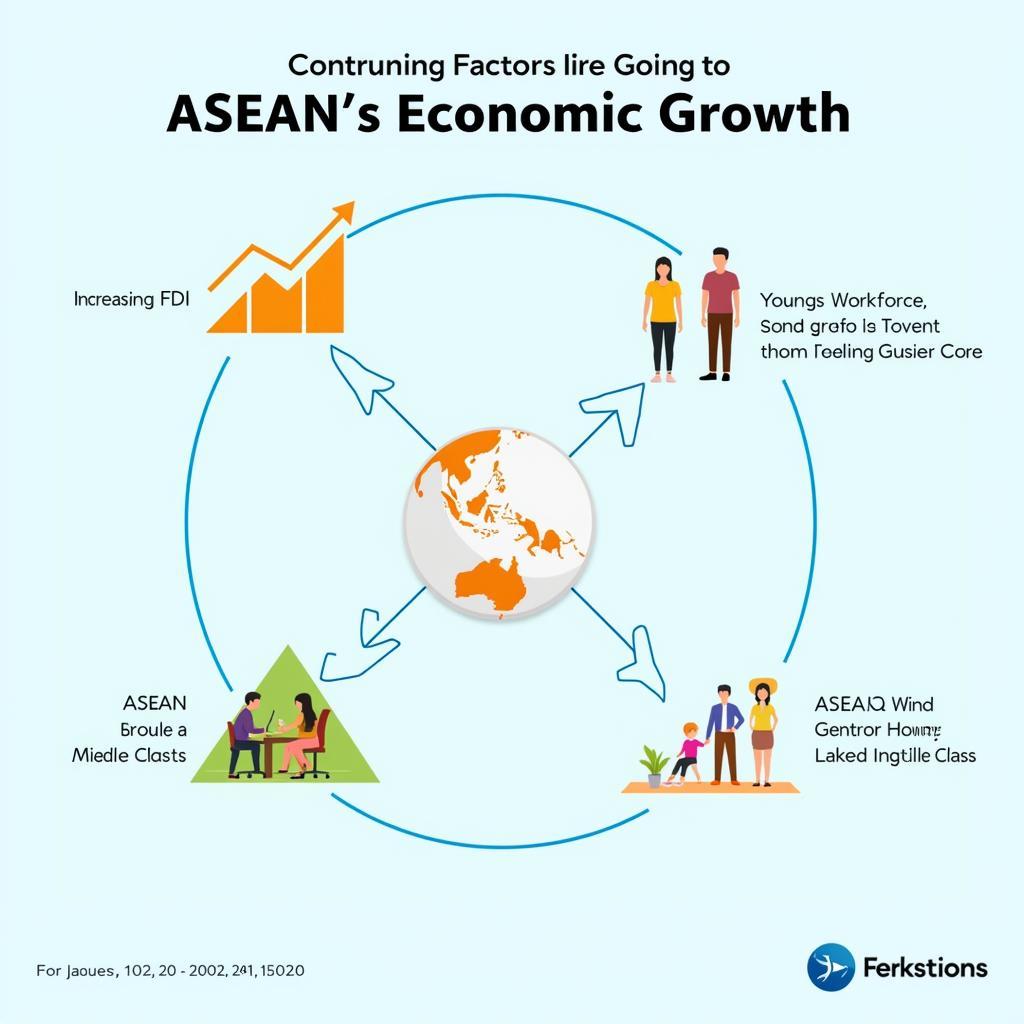Southeast Asia, home to the Association of Southeast Asian Nations (ASEAN), is a melting pot of diverse cultures, traditions, and artistic expressions. Asean Arts And Culture offer a captivating journey through a rich tapestry of influences, reflecting the region’s unique history, philosophies, and interactions with the world. From ancient temples to contemporary performances, this article delves into the vibrant world of ASEAN arts and culture.
A Journey Through Time: Ancient Traditions and Influences
ASEAN’s artistic heritage is deeply rooted in its ancient past. Influences from India, China, and other regions have shaped the development of unique artistic styles. The majestic temples of Angkor Wat in Cambodia, ase wiki the intricate carvings of Borobudur in Indonesia, and the serene beauty of Shwedagon Pagoda in Myanmar stand as testaments to the architectural prowess and spiritual beliefs of the region’s ancestors. These ancient wonders continue to inspire awe and fascination, offering glimpses into the rich history and cultural values of ASEAN.
Traditional performing arts, such as wayang kulit shadow puppetry in Indonesia and Malaysia, and lakhon khol masked dance in Cambodia, continue to thrive, passing down stories and traditions through generations. These art forms not only entertain but also serve as important cultural repositories, preserving the region’s myths, legends, and historical narratives.
The Modern Canvas: Contemporary Art in ASEAN
While deeply connected to its past, ASEAN art is not static. Contemporary artists across the region are constantly pushing boundaries, experimenting with new mediums, and engaging with contemporary issues. From the vibrant street art scene in Thailand to the thought-provoking installations in Singapore, ASEAN’s contemporary art scene is a dynamic reflection of the region’s evolving identity and its place in the globalized world.
Many contemporary artists draw inspiration from traditional motifs and techniques, reimagining them in new and exciting ways. This fusion of old and new creates a unique artistic dialogue that resonates with both local and international audiences.
What are the main influences on ASEAN art?
ASEAN art has been shaped by a confluence of indigenous traditions, religious beliefs, and colonial histories. Hinduism, Buddhism, Islam, and Christianity have all left their mark on the region’s artistic landscape. Additionally, the legacy of colonialism is evident in various art forms, reflecting the complex interplay between local cultures and external forces.
Celebrating Diversity: Cultural Festivals and Events
ASEAN’s cultural diversity is celebrated through a myriad of festivals and events throughout the year. From the colorful Songkran water festival in Thailand to the vibrant Hari Raya Aidilfitri celebrations in Malaysia, Brunei, Indonesia and Singapore, these events offer a unique opportunity to experience the rich traditions, customs, and culinary delights of the region. These festivals are not only a time for celebration but also serve as important platforms for cultural exchange and understanding, fostering a sense of unity and shared heritage among ASEAN nations.
How does ASEAN art promote cultural exchange?
ASEAN art plays a crucial role in promoting cultural exchange within the region and with the rest of the world. Through art exhibitions, collaborations, and cultural festivals, ASEAN countries share their unique artistic traditions, fostering dialogue and understanding between different cultures. Platforms like asean auditorium tufts daily help amplify these voices. “Art transcends borders,” says Dr. Anya Sharma, a renowned art historian specializing in Southeast Asian art. “It allows us to connect with different cultures on a deeper level, appreciating the shared humanity that binds us together.”
ASEAN Arts and Culture: A Bridge to the Future
ASEAN arts and culture represent a vibrant and dynamic tapestry, woven with threads of ancient traditions and contemporary expressions. As the region continues to evolve, its artistic landscape will undoubtedly continue to flourish, reflecting the diverse experiences and perspectives of its people. Exploring ASEAN arts and culture is not just a journey through time but also a bridge to the future, offering a glimpse into the rich potential and creative energy of this fascinating region. This rich heritage is further explored on platforms like asean auditorium cabot and ase quizlets ac.
FAQ
- What are some popular forms of traditional ASEAN art?
- How has colonialism influenced ASEAN art?
- Where can I find contemporary art in ASEAN?
- What are some major cultural festivals in ASEAN?
- How does ASEAN art promote regional identity?
- Are there resources available to learn more about ASEAN art online? like asea calendar 2017
- How can I support ASEAN artists and cultural preservation efforts?
For any assistance, please contact us at Phone Number: 0369020373, Email: aseanmediadirectory@gmail.com or visit us at Ngoc Lien Village, Hiep Hoa, Bac Giang, Vietnam. We have a 24/7 customer support team.

